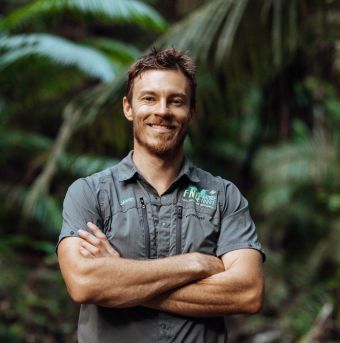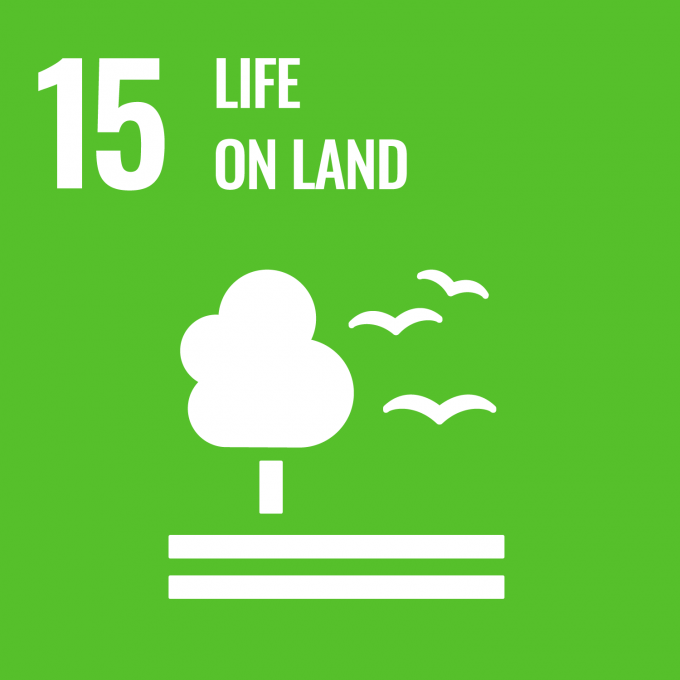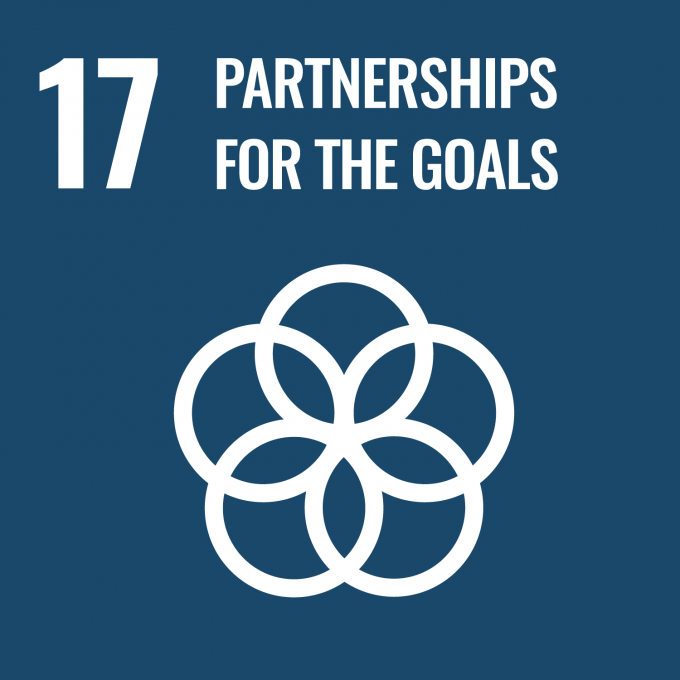Itinerary
Tour day-by-day
-

Full Day Birdwatching
The early morning is invaluable for birdwatches. Our morning will focus on the Tropical Wetlands and Shared Earth Reserve which is home to over 220 recorded bird species and an exclusive site for us to explore.
After a short 90 minute drive we will arrive at Clancy’s lagoon. This open expanse of water has comfortable walking tracks surrounding the perimeter, providing guests with the opportunity to observe the resident birdlife.
After a short break for morning tea we 4WD to our second location, Pandanus Lagoon. Here we find a large diversity of waders and waterbirds including a massive population of Black Swan. It is also home to kangaroos, echidnas, dingos, snakes and scores of other reptiles. You can explore over 12km of walking trails which criss-cross the wetlands.
A break from the binoculars while we enjoy a picnic style lunch under a shady billabong during the heat of the day. To further our birdwatching prospects, we venture into the nearby Atherton Tablelands for the last couple of hours. Locations such as Lake Barrine and Yungaburra have afforded our customers amazing birdlife encounters and opportunities for photographs over the years.
 “We usually spend four to five hours exploring the Shared Earth Reserve and pass through eucalyptus forest, savanna and woodland. It’s an exclusive experience for our guests and often we don’t see another soul. It’s this habitat diversity that results in us seeing a huge variety of wildlife. The reserve is home to over 220 species of birds and a healthy population of Northern Quolls.” James Boettcher - Founder
“We usually spend four to five hours exploring the Shared Earth Reserve and pass through eucalyptus forest, savanna and woodland. It’s an exclusive experience for our guests and often we don’t see another soul. It’s this habitat diversity that results in us seeing a huge variety of wildlife. The reserve is home to over 220 species of birds and a healthy population of Northern Quolls.” James Boettcher - FounderBirding Opportunities
The diverse range of birdlife and wildlife include Magpie Geese, Black Swans, 11 different duck species and three different Grebes, Darters and Cormorants, Pelicans, Crakes, Rails, Swamphens, Moorhens, Coots, Herons, Egrets, Bitterns, Ibis, Spoonbills, Storks (Jabiru), Cranes including Brolga, Sarus Crane, Bustards, Sandpipers, Godwits, Common Greenshank, Stints, Jacanas which thrive on the water lilies, Curlews, Stilts, Avocets, Lapwings, Plovers, Dotterels & Terns.
Birds of Prey including Osprey, Kites, Hawks, Eagles, Harriers and Falcons. Five different pigeons and doves have been recorded and of course the famous Red-Tailed Black-Cockatoo.
We have great sightings of Black-Cockatoos at the Wetlands and on the road into Mareeba Wetlands. Parrots including Lorikeets, Rosellas & Red-winged Parrots. With 9 different varieties of cuckoos, keels and coucals, not to mention a great location if you wish to see owls; five different species, 3 different Frogmouths and Nightjars.
One of the most beautiful birds to see are the Kingfishers especially the Azure Kingfisher, a delight to see around the lagoons. Both the Laughing Kookaburra and Blue-winged Kookaburra are regularly seen. Bee-eaters, Rollers, Treecreepers and Pardalotes are well represented as well as numerous Honeyeaters, Robins, Thrushes, Monarchs, Magpie-larks, Flycatchers and Wagtails are seen throughout the Wetlands.
One to look out for is the fascinating Great Bowerbird, a delight to watch. The open savannah and eucalypt habitats within the Mareeba Wetlands give great opportunities to observe Finches, Fairy-wrens and Manikins. The Wetlands is also famous for the Gouldian Finch program.
* NOTE - Each private tour can be tailored to suit certain species found throughout the Tablelands and Savannah region.
-

Tour details:
Pricing:
$1,150 AUD (total group price for 1-2 passengers)
$1,300 AUD (total group price for 3-4 passengers)
$1,800 AUD (total group price for 5-6 passengers)Max Group Size: 7 guests
Pick-up and Drop Off Point: Cairns/Northern Beaches/Port Douglas
Pick-up and Drop-off Time: Cairns 6:30am, Drop off approximately 4:30pmHow you'll be making a positive impact
We have aligned our sustainability vision with the United Nation’s Sustainable Development Goals (SDGs). Citizen Science with FNQ Nature Tours
Citizen Science with FNQ Nature Tours
FNQ Nature Tours contributes observations of flora & fauna via iNaturalist, the world’s leading global social biodiversity network. This platform allows our team to create research-quality citizen science data that enables a more detailed picture of our national biodiversity, and assists bodies such as the CSIRO, ecologists and other decision makers to deliver better outcomes for the environment and our species.
 Developing Partnerships To Meet Sustainability Goals
Developing Partnerships To Meet Sustainability Goals
FNQ Nature Tours have developed a number of partnerships with key environmental organisations in Far North Queensland, including FNQ Wildlife Rescue, Bush Heritage, Forever Wild, Australian Quoll Conservancy, Tolga Bat Hospital, Tree Roo Rescue and Wildlife & Raptor Care Queensland.
Media Gallery
-

Rainforest and Savannah 4WD Safari
From $1,485 USD
Full Day
Available months: January to December.
-

Cape York Birdwatching Safari
From $4,415 USD
7 days/6 nights
Available months: June to August.
-

Australia's Ultimate Predators
From $3,320 USD
9 days/8 nights
Available months: January to April, December to December.














